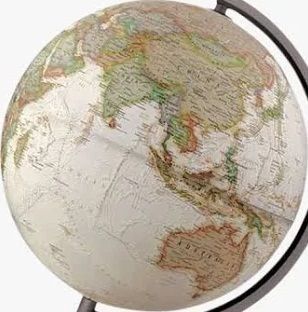Scotch Professors - the numbers
They are at the centre of one of the most enduring disagreements between contemporary Scottish football historians. It is not that there is any denying of their existence. Fact is that for two and half decades from the middle of the 1870s a transfer of footballing knowledge, know-how, tactics even, from North of the Border to South of it, from Scotland's Central Belt to England took place and it was done in the feet certainly and minds to some extent of players, who have become known as the Scotch Professors . The question is when.
Numbers seem to tell us that there were three stages to the transfer. The initial one was for the seven years from 1877, when the first of their number, Peter Andrew and "Reddie" Lang, went South, both to Sheffield, and were followed by others to Lancashire, one to Birmingham's Aston Villa and Andrew Watson, to London, However, at no stage were there more than thirty of them at any time and the accumulation was steady but slow. Then with professionalisation imminent, at least in England, (it happened in 1885) in three seasons the number more or less tripled to a fraction under ninety. And finally in the decade from 1888, the year of the foundation of the English Football League, it tripled once more to two hundred and seventy, or an average of nine per League team, up from one per team in 1884 and three in 1888.
Now it is clear that at every stage some teams employed more Scots than others, so the averages do disguise. But it is also clear that one two or even three do not make a team, whereas nine does, hence my conclusion, not shared by all, that the Scotch Professorship, i.e. an overwhelming Scots input, did exist from 1888 but not before. I would even put it that post-1888 knowledge, tactical philosophy, the "why", was transferred, whereas before that date it was largely know-how, i.e. practice to be replicated within a team but not necessarily understood to any great depth.
And for me there is one more factor. From 1888 there were now many mature i.e in their mid-twenties, indeed capped players amongst the annual totals taking the English shilling, whereas before that date the number could be counted on one hand. Indeed the players to go in the first wave would average just twenty-three years and, with the first, Andrew and Lang, and Watson taken out, that falls to just twenty-two, bearing in mind that twenty-one was the age of majority. In other words the bulk of the players, who did go South once the original breach was made immediately post-1878, were very young and, because they did not come from the elite teams, both largely under-experienced and often journeymen. They were, if you like, "Readers" not "Professors". They knew competently what to do, certainly better than than their English contemporaries, but not necessarily how to do it to the optimum. That was still to come.
